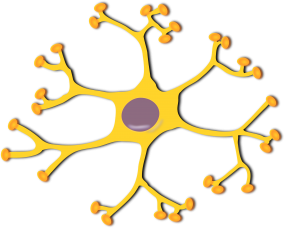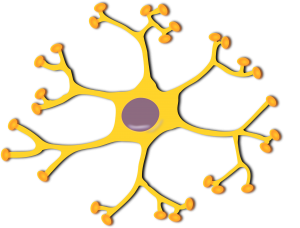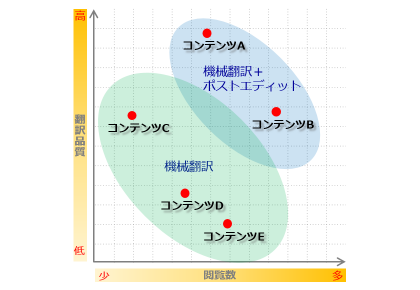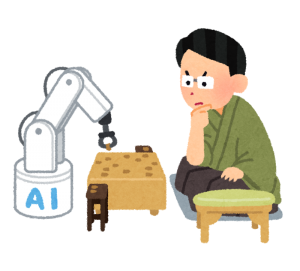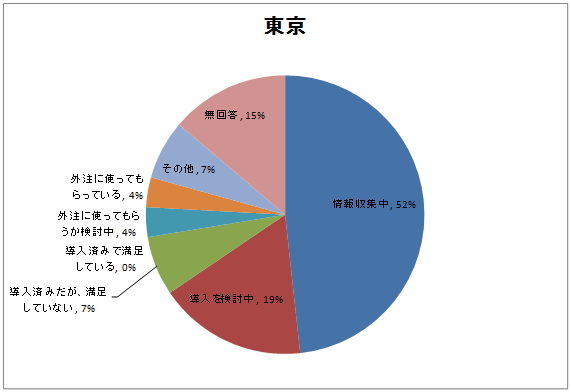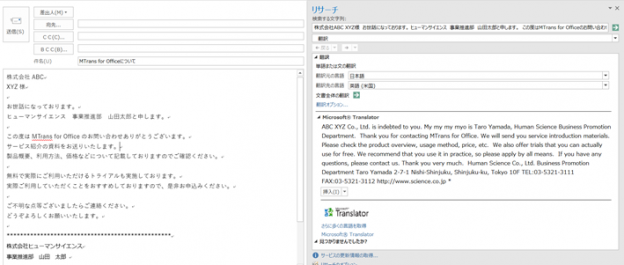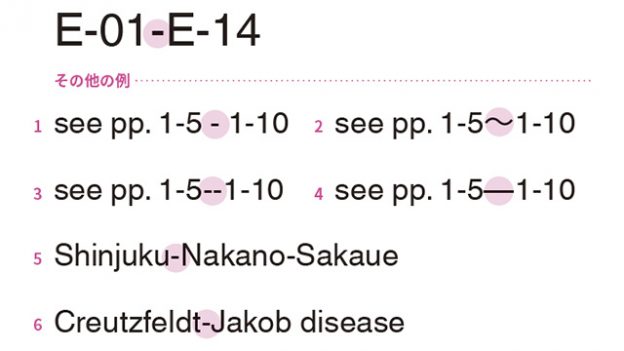Google Translate has applied the mechanism of neural networks to Japanese,
and it has been a big topic since the translation accuracy has dramatically improved.
Regarding neural networks, at the end of September,
the adoption of machine translation from Chinese, which is difficult for machine translation, to English began.
In November, it was adopted in 8 languages including Japanese (Korean, English,
French, German, Spanish, Portuguese, Turkish),
and there have been surprised voices from users in Japan, saying that there is a significant improvement in quality compared to traditional Google translation.
So, what exactly is a neural network?
●What is a Neural Network?
A neural network is a mechanism that mimics the function of "neurons" in the human brain.
Until now, when it comes to "learning" in machines,
Giving an input → Outputting a result
This was a very simple thing.
In machine translation, it refers to the "training" of loading a corpus into a traditional statistical-based engine.
This is the mechanism behind this system.
In contrast, with neural networks,
it does not follow a simple input-output flow.
When a certain input is given,
by connecting it with other data that has been loaded into the network before,
it is possible to recognize what the newly inputted data is.
This is when people try to learn something new,
they associate it with something similar based on past experiences,
in order to understand what that new thing is.
Using the Go program "AlphaGo" that caused a stir in the news the other day as an example,
when trying to teach a computer how to play Go,
with traditional learning methods, it was necessary to input data such as "if this move is made, respond like this."
In contrast, in the case of neural networks,
a large amount of game records will be loaded.
Then, when a move is made,
it searches for candidate moves from similar game positions in past game records,
and adopts the candidate move obtained from game records that have been developed advantageously.
This is a very simple explanation of neural networks.
There may be some parts that are slightly different, but it can be used as a general understanding.
As a methodology, it is a model that was already noticed in the 1960s, but with the advancement of technology, it has become possible to store and process large amounts of data.
In recent years, this has become possible.
●The Spread of Machine Translation Utilizing Neural Networks
Following Google, Microsoft has also announced the adoption of neural networks for machine translation.
While research on machine translation using neural networks has been ongoing, it has now become more accessible and usable for us as users.
We can expect further improvements in quality by utilizing neural networks in the future.
●Summary
This time, we have talked about neural networks, which are gaining attention as a breakthrough in machine translation.
At Human Science, we will continue to focus on utilizing new technologies, including neural networks, for machine translation.
We hope you will also pay attention to future new technology information.
We look forward to your continued support.
Thank you for your attention.
If the form is not available, please send your inquiry via email to hsweb_inquiry@science.co.jp.
Alternatively, please feel free to contact us at TEL: 03-5321-3111 or by phone.
Related Articles
[Market Trends] Beyond Human? Data Processing by Artificial Intelligence
http://www.science.co.jp/mt/market/blog23.html
Blog Writing Team

Hideki Honda
・Japanese-English-Multilingual Translation Coordinator
・Engaged in Japanese-English-Multilingual translation projects for fields such as IT, medical equipment, and FA products
・Responsible for developing new partnerships in Japanese-English-Multilingual translation
・Researching the potential of machine translation in technical translation through investigation and verification
・2015 TC Symposium*1
"Neighboring companies are using MT like this
~Learning from companies utilizing machine translation: Points for introduction and operation~"
・2015 Messe Nagoya
"Accelerate overseas expansion!
~Techniques for utilizing machine translation to shorten translation time by 20%~"
・2015 JTF*2 Translation Festival
"Challenging the next future of translation in the "Topic-Oriented Era"!
~Best practices for topic-based document translation revealed through case studies of DITA and CMS implementation~"
*1 General Foundation Technical Communicator Association Sponsored
*2 The Japan Translation Federation

